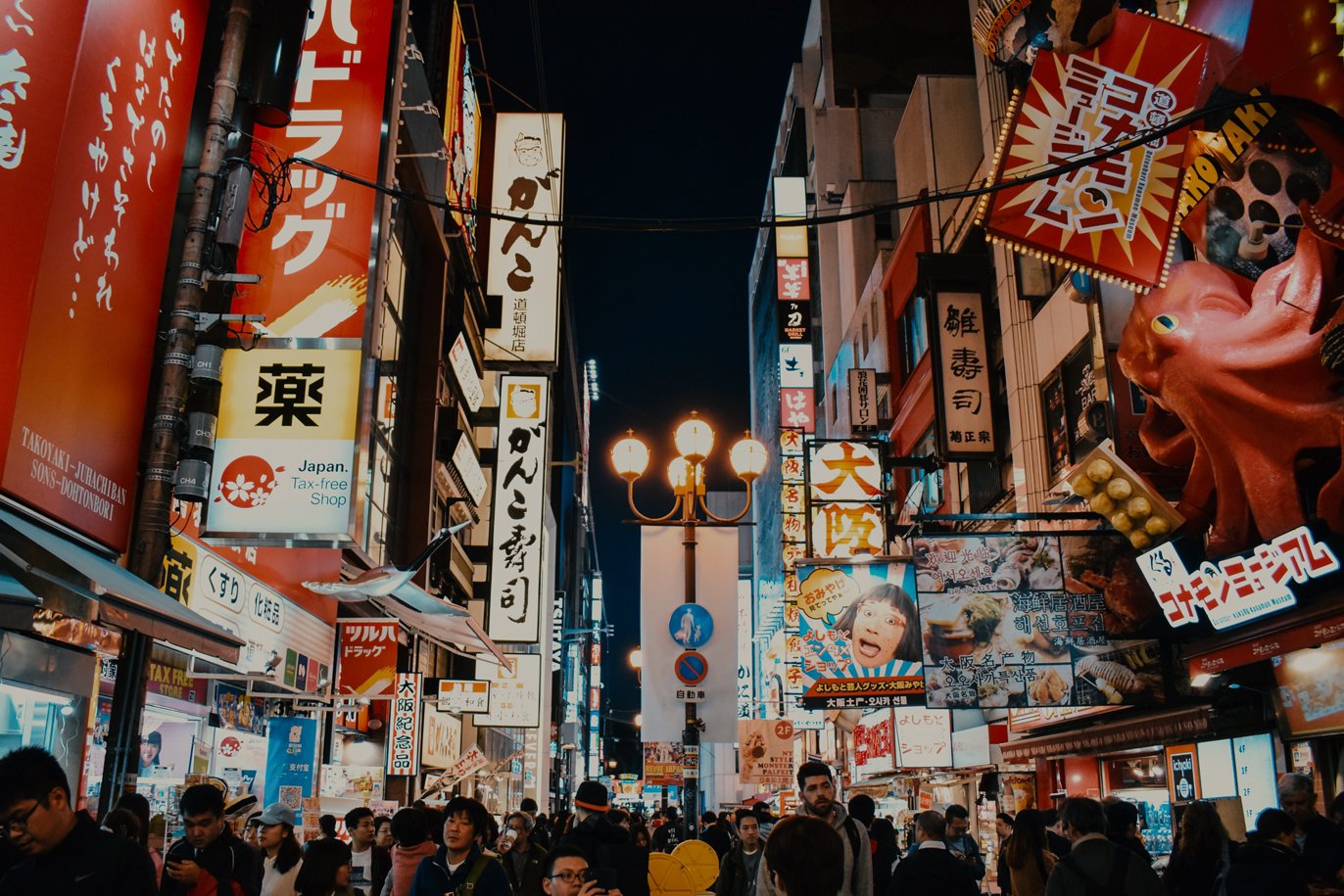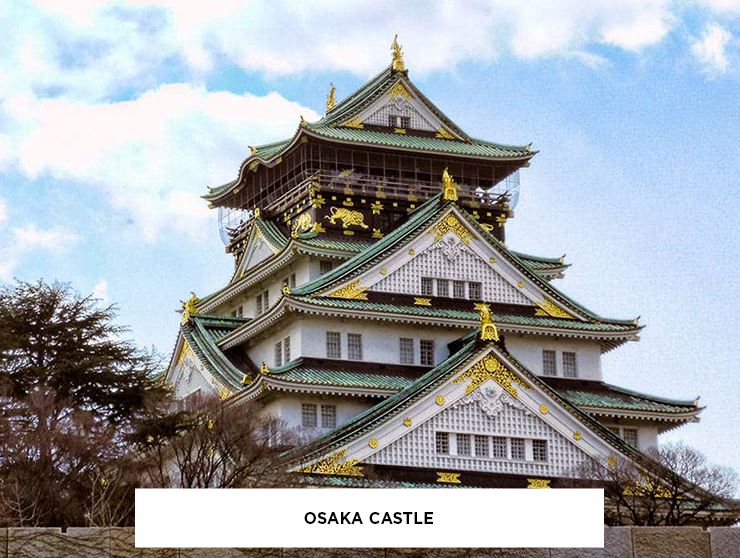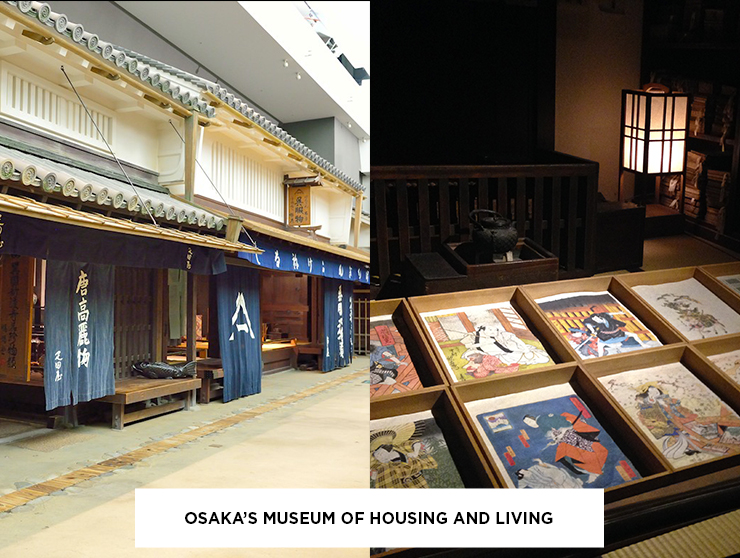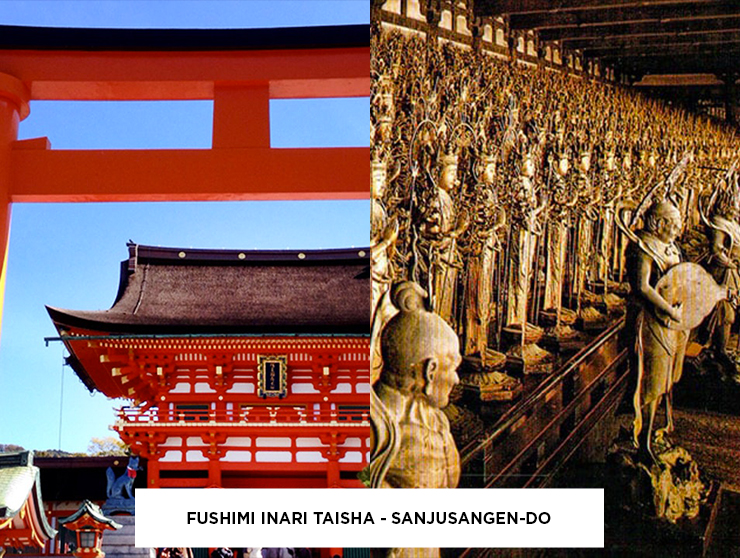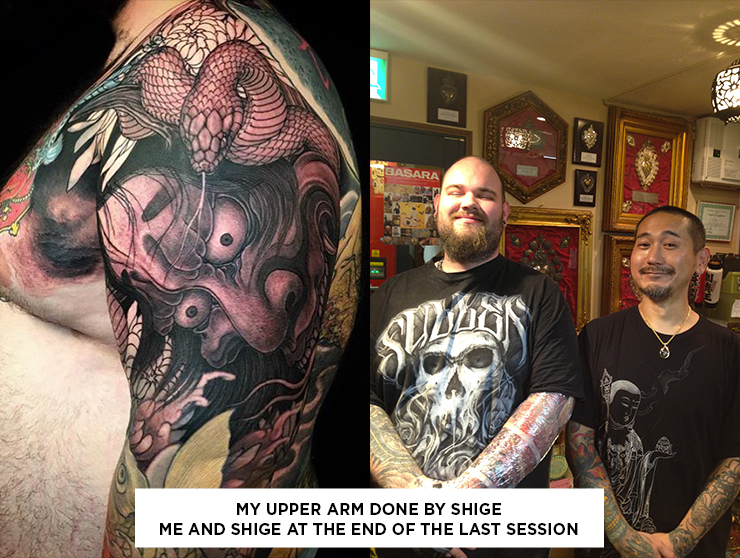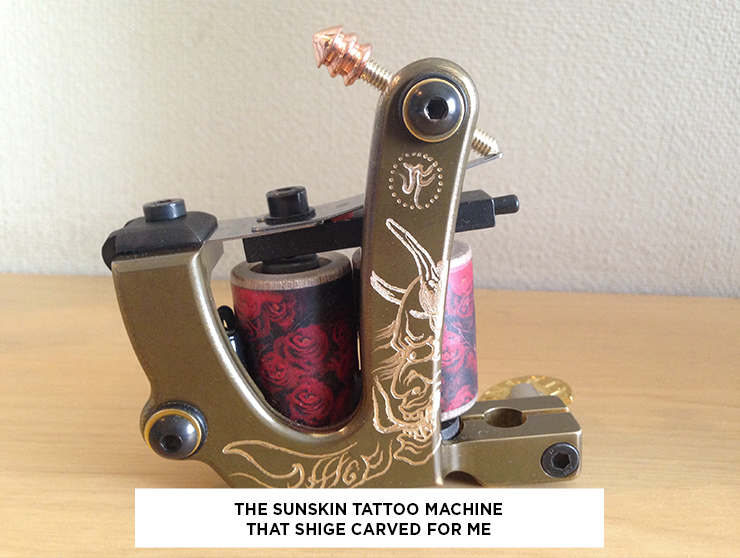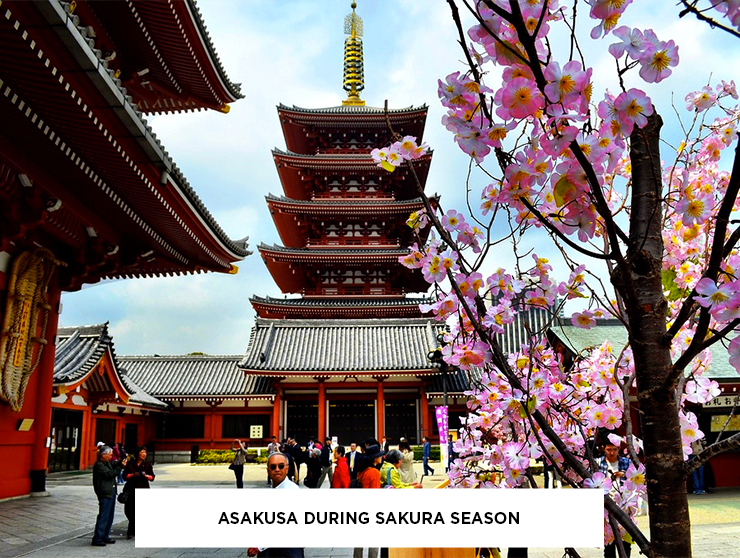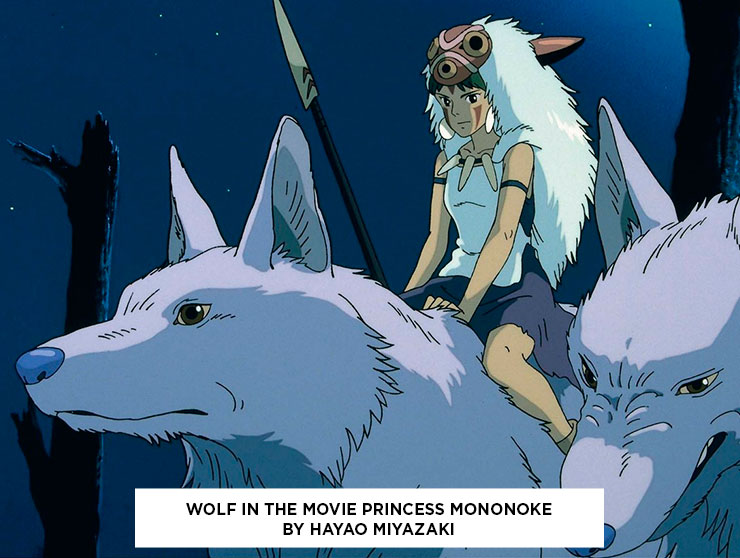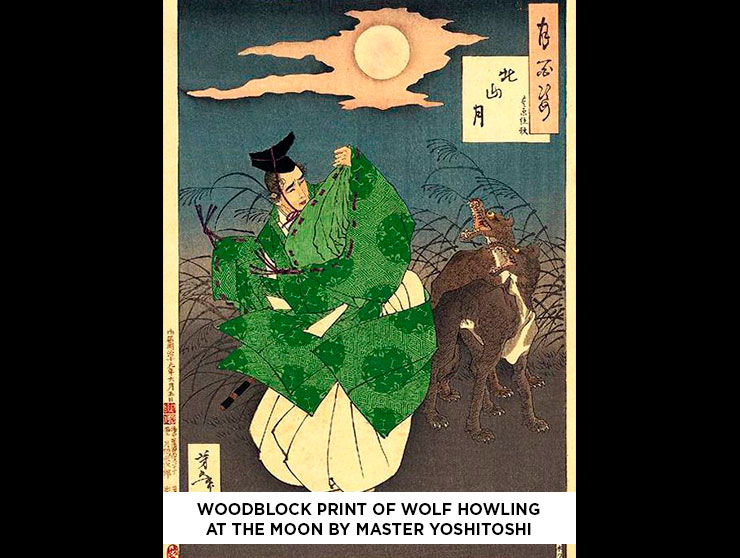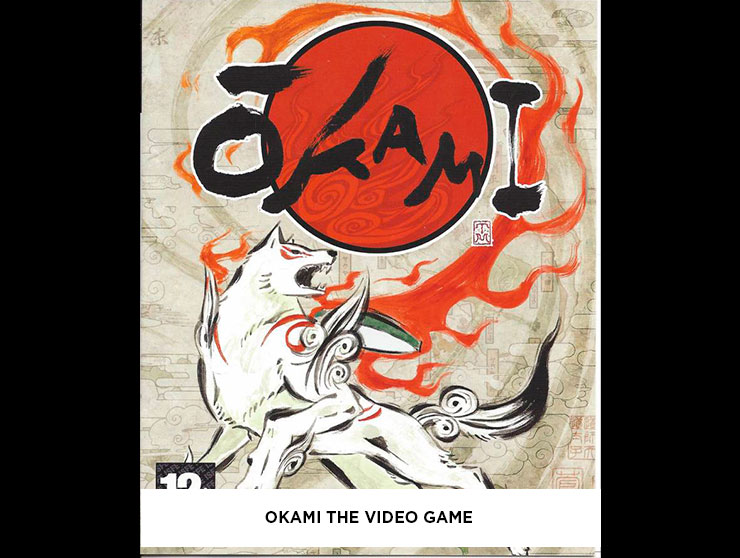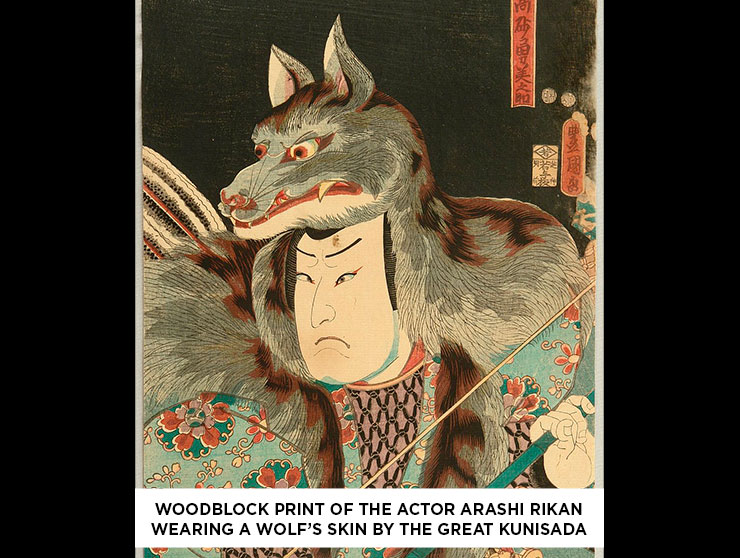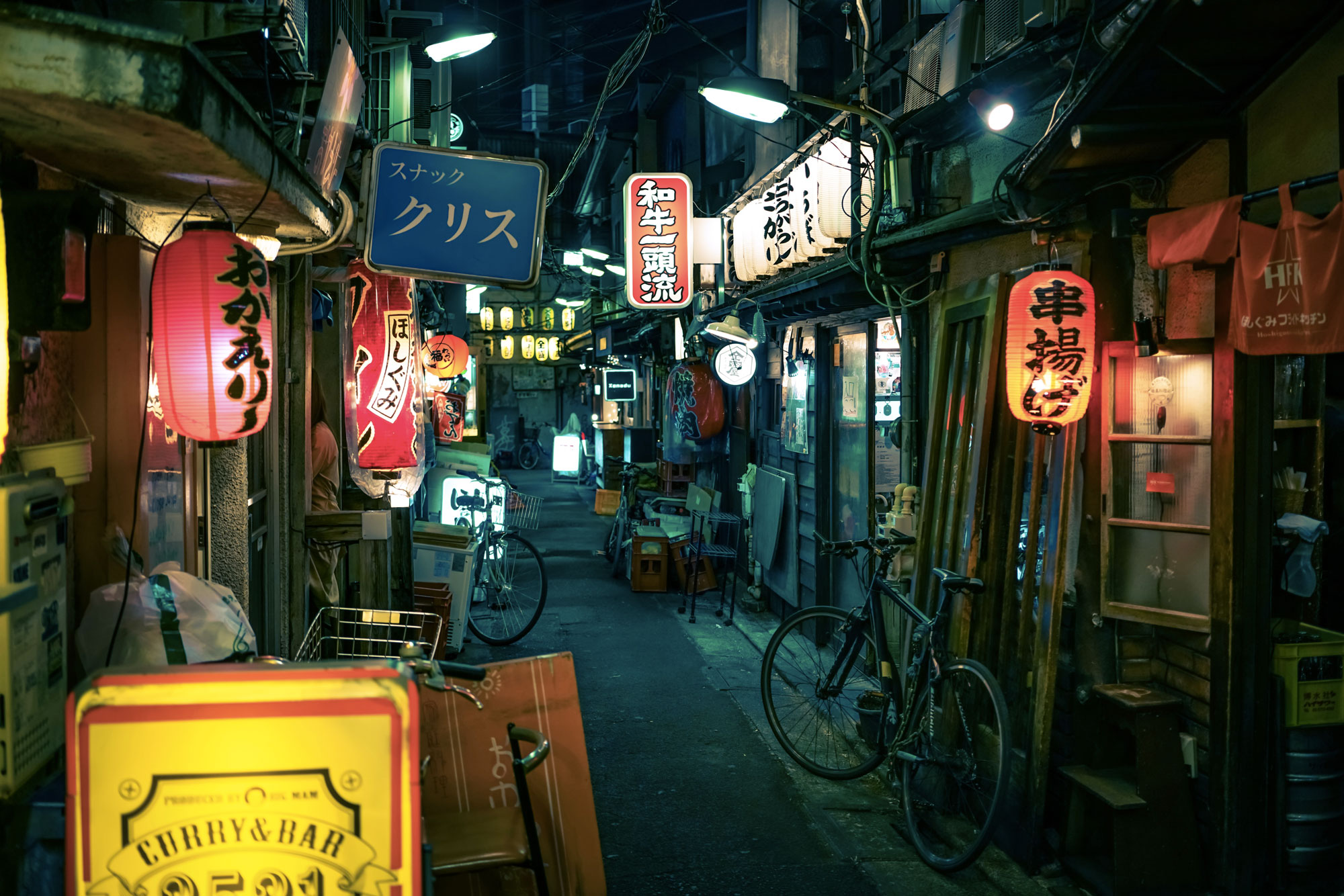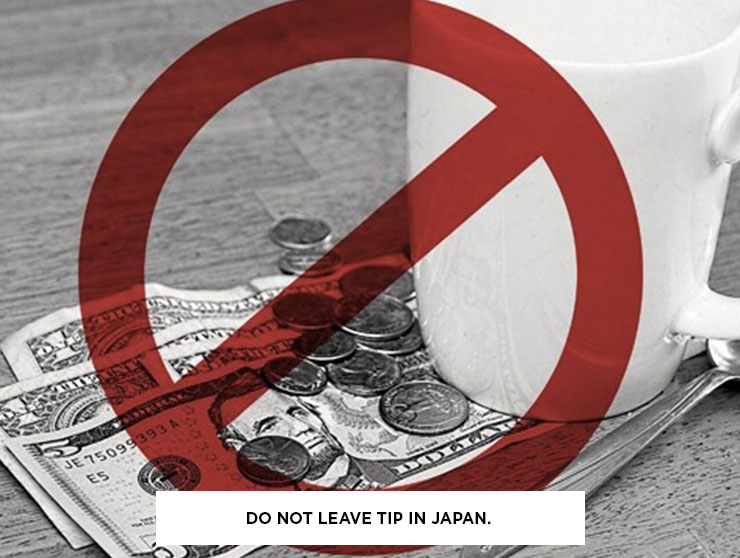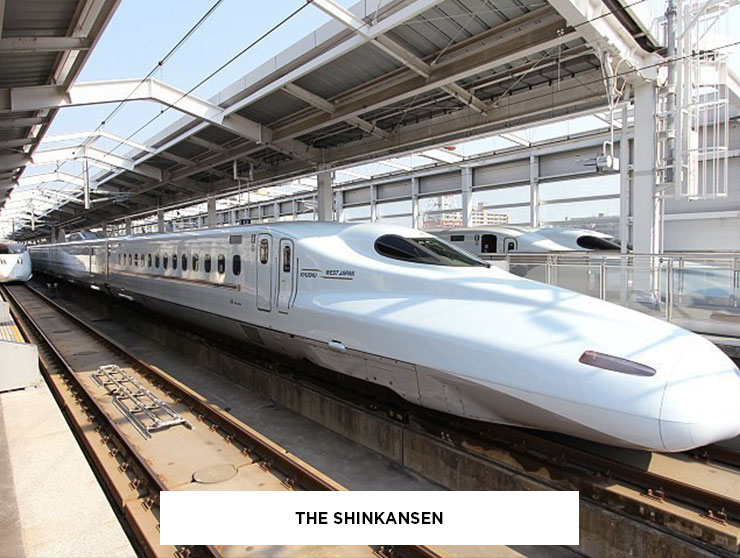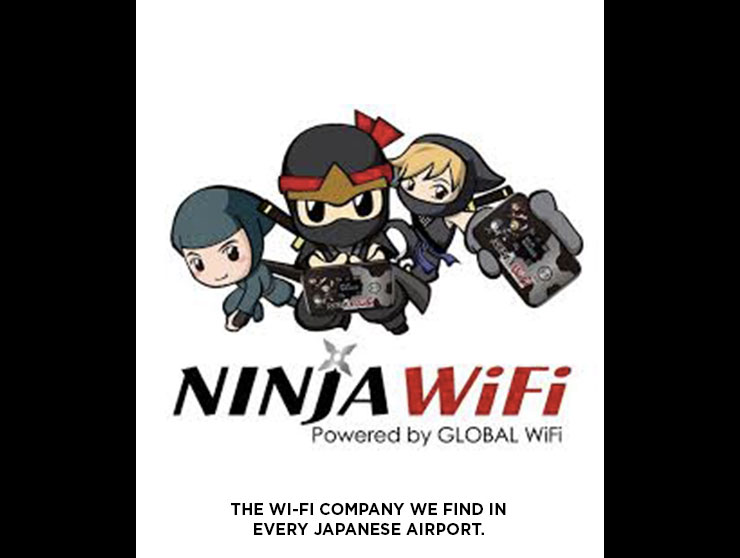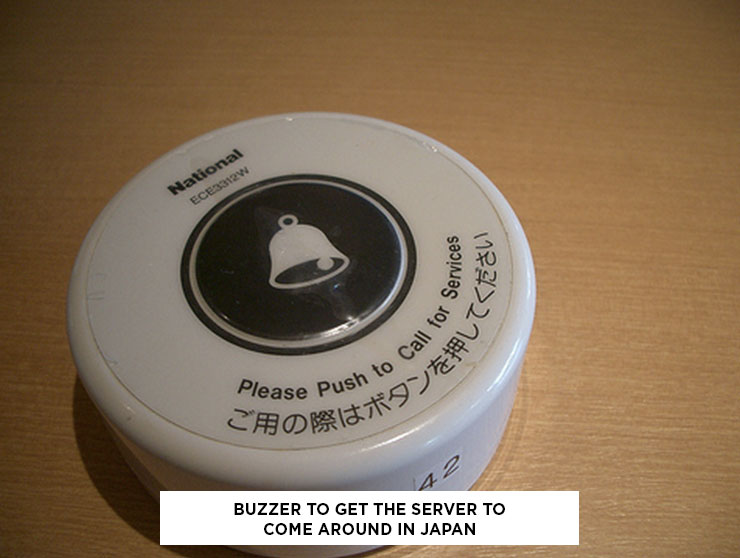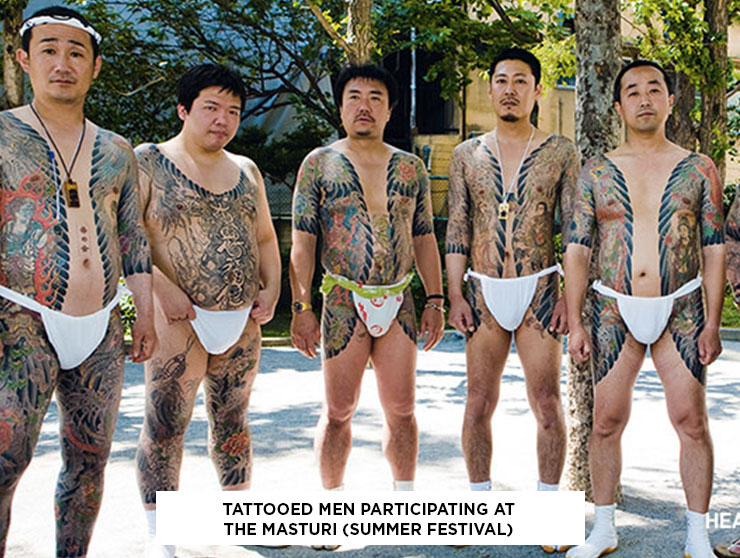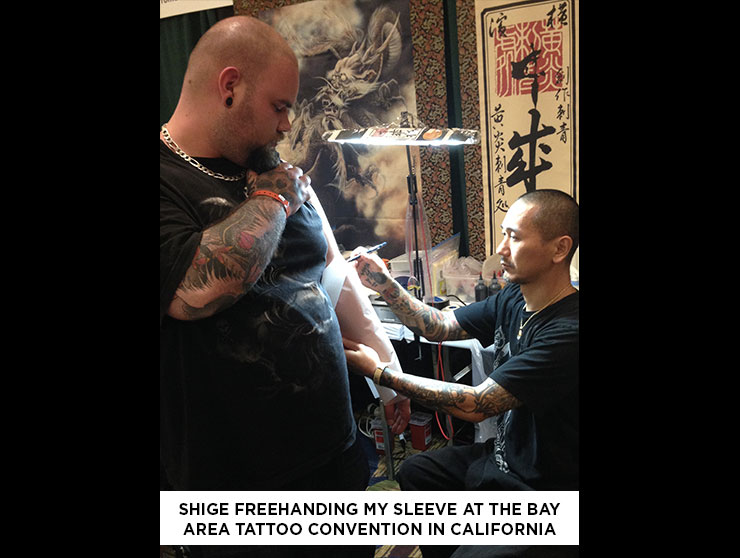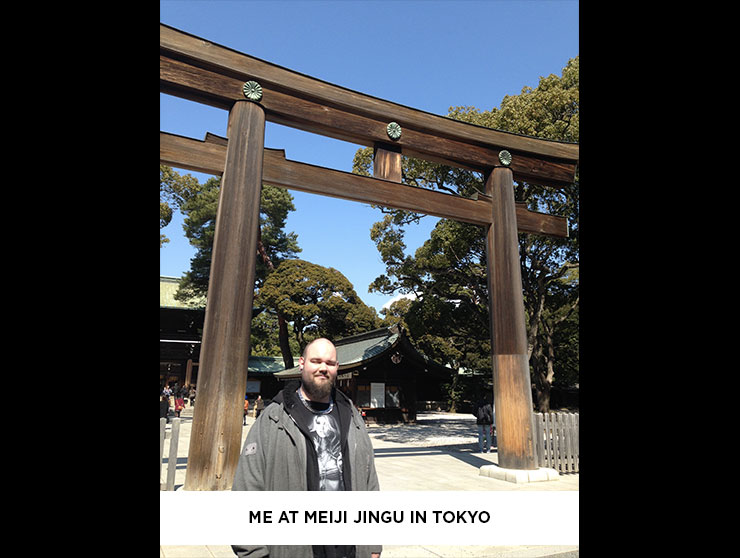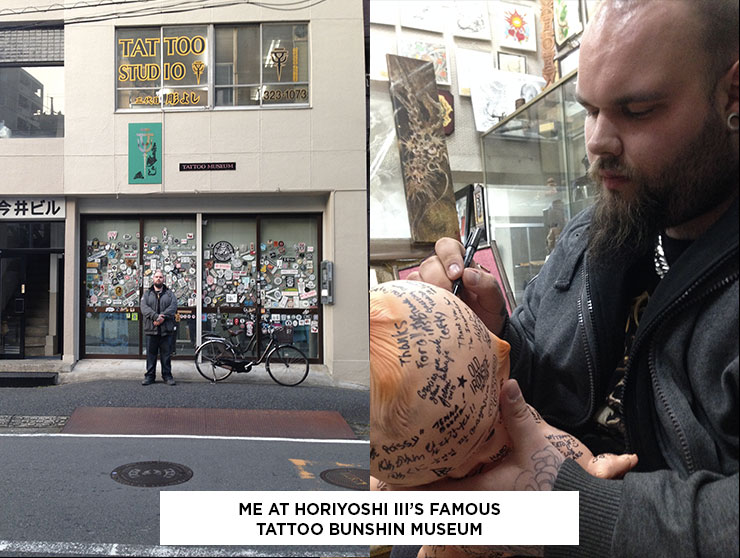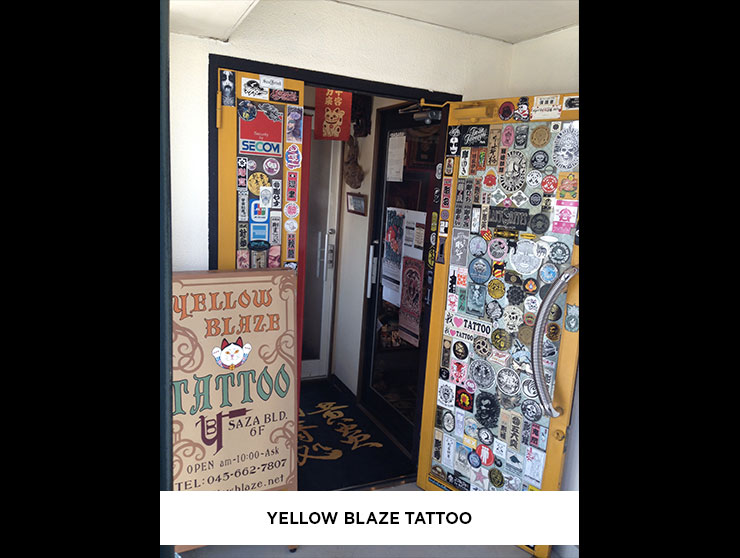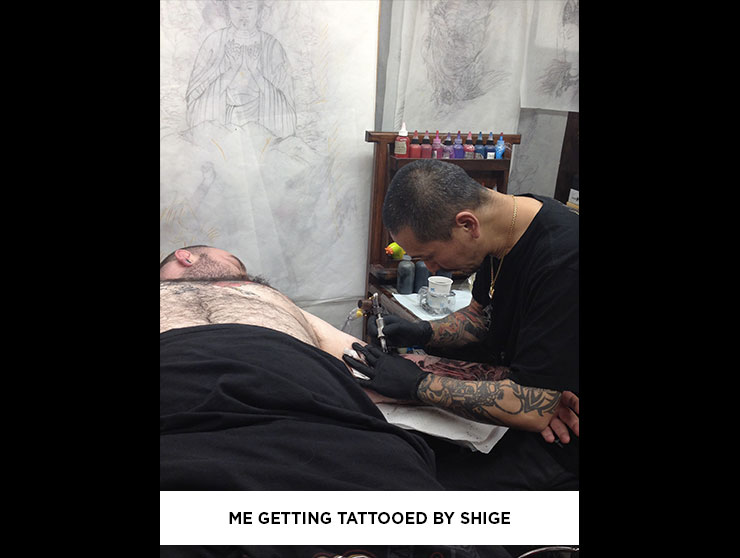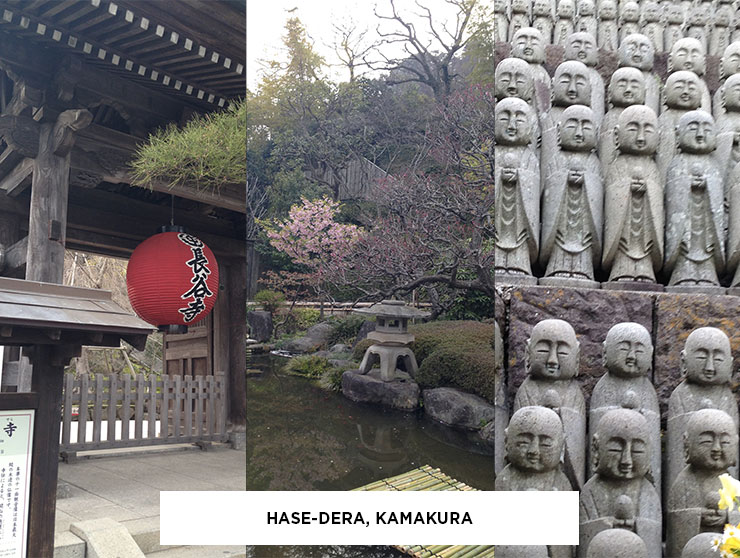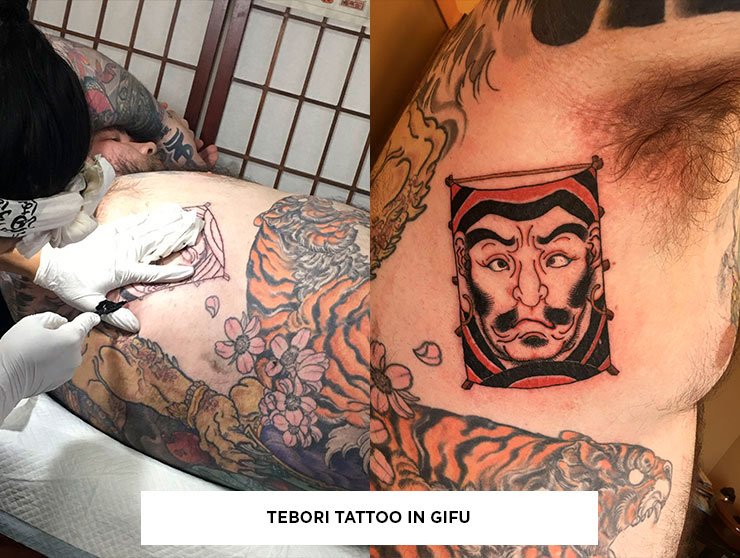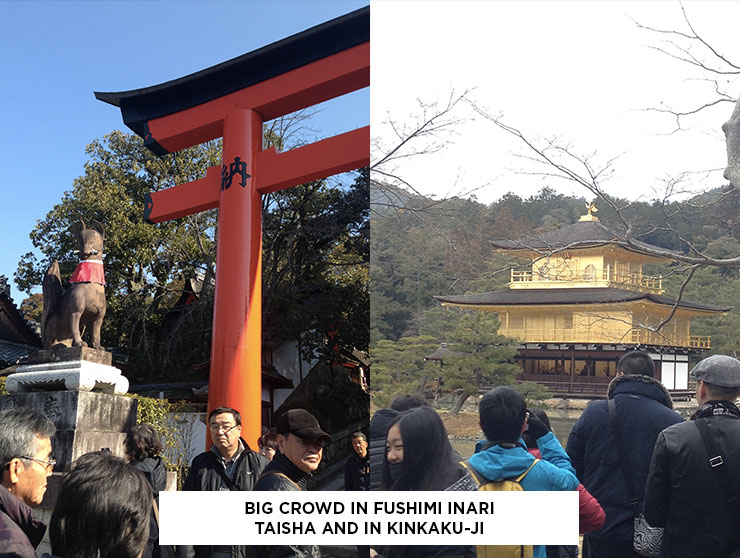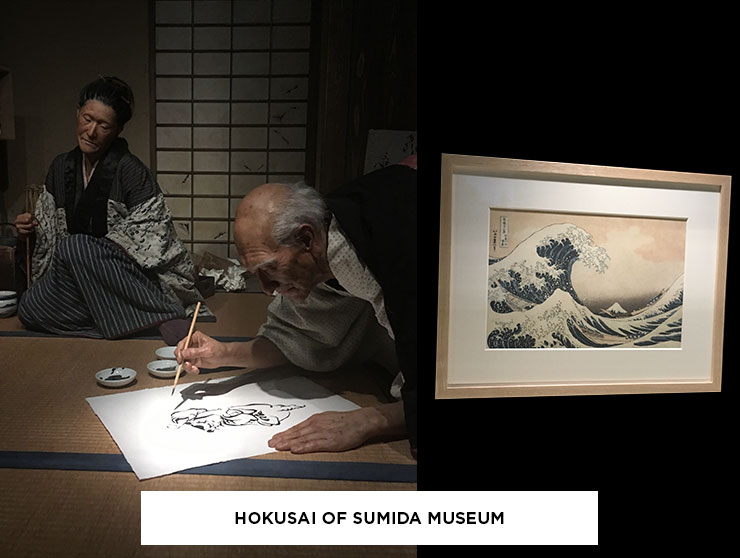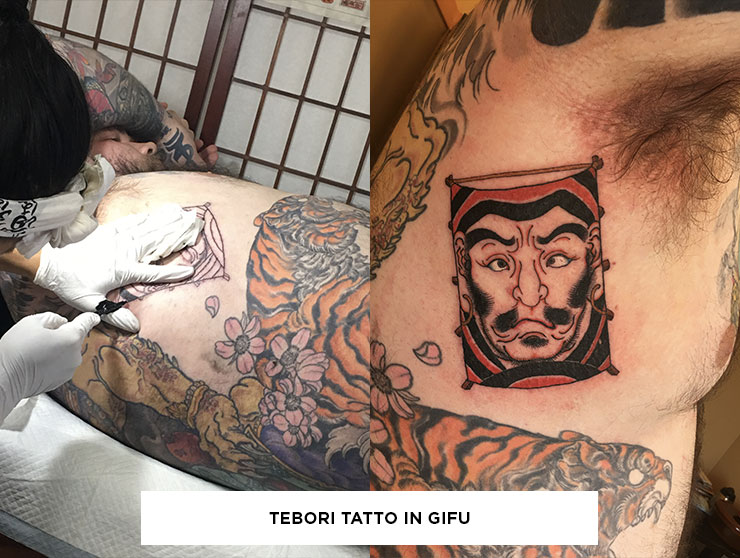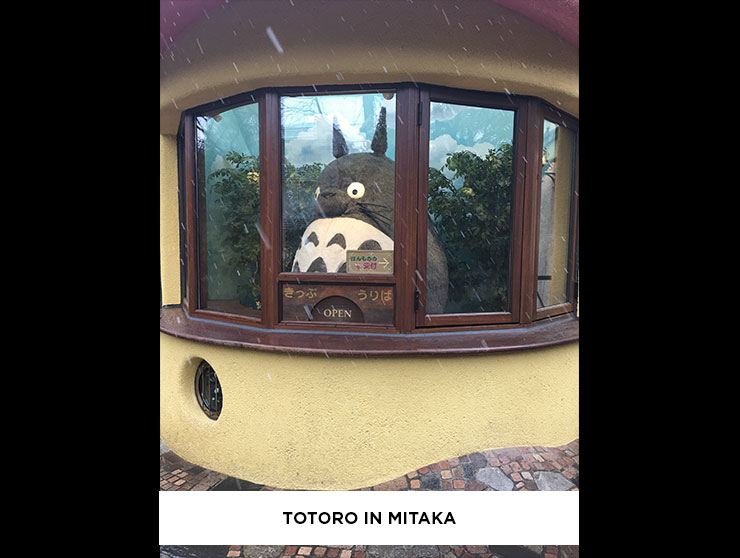Second trip to Japan – March 2016
Second trip to Japan – March 2016
For the second trip, I wanted to immerse myself in the Japanese culture. I chose a different travel plan: I landed in Osaka and I planned to travel all the way to Yokohama. I had important historical cities to visit like Nara and Kyoto!
First stop: Osaka Castle! Even though it’s a reproduction of the 1583 castle, the architecture has kept that beautiful Japanese essence. The roofs are so beautiful, I marveled at such a great work of architecture.
But I must say that there is another hidden gem in Osaka for great architectural references: you need to go see the Osaka Museum of Housing and Living. It’s a live-size reproduction of a small Edo period town (1603-1867). The lighting imitates a whole day, from dusk to dawn. Therefore, you even have some great lighting references. I could have passed day just drawing the different perspectives with their vanishing points.
Next I went to visit Nara. Nara is less touristic than Kyoto, but it has many beautiful temples. It’s important to know that Nara was Japan’s capital in the 8th century. It’s actually Tim Kern that told me to visit this region, and to go see the Thousand-armed Kannon. It’s a beautiful statue! In Nara I also had the chance of seeing the great Buddha (Daibutsu) in Todai-ji and feeding the deer.
After Nara, was Kyoto, the city of the geishas and temples. I only had 2 day to visit Kyoto, so to get the most out of this trip, I decided to take a tour bus. This way I would not get lost of lose time in public transportation. It was expensive (around 100$ CAN per day), but it was worth it because I managed to see 6 temples, 1 castle, 1 traditional Japanese show and I ate in a traditional Kyoto Kaiseki restaurant. I must say though that I plan to go back to Kyoto and take my time to see certain temples. My favorites places for good drawing references were: Fushimi Inari taisha, Sanjusangen-do and Gion.
I finally arrived at Yokohama, ready to get tattooed by Shige. He had prepared the drawing for the top of my sleeve: hannya and a snake. He tattooed me 13h in 2 days, we managed to finish the lining and the shading. We took the time to discuss tattoo again, he showed me his drawers full of tattoo machines. I have never seen so many machines! At the end, he was kind enough to carve one of his special edition Sunskin machines for me.
We talked about technics, Japanese mythology and symbolism. He told me about some old Japanese legends that are less known, and he even explained the symbolism behind some of his tattoos. While talking about Ukiyo-e, Shige told me that the best place to get great Ukiyo-e references and artbooks is Jimbocho. It’s a small district of bookstores and book collectors. It is best to speak a little Japanese to find what you want.
I finished the trip at the famous Senso-ji of Asakusa. This temple is probably the most known temple of Tokyo. Dedicated to Kannon, the deity of compassion, it’s a beautiful temple. Once again, I finish my trip with Kannon and surrounded by blossoming cherry flowers. The delicate smell of sakura makes me very grateful of this amazing experience.
Wolf 狼
Wolf 狼
In Japanese, the word for wolf is 狼, ōkami, which also mean “great-diety”. The wolf is viewed as a guardian or as messenger of the mountain god. As you might know, in the Shinto religion, every mountain is a god. Being worshiped by the woodcutters for giving wood, the most famous mountain god is certainly Fuji-san, mount Fuji.
As seen in Hayao Miyazaki’s movie Princess Mononoke, wolfs are savage and strong animals that reign in the mountain. With their strength, they assure harmony among all the living creatures in their environment. In some stories, it is said that the wolf will helps lost humans by escorting them out of the mountain. This ritual was called “okuriōkami » and can be translated as “wolf escort”. In multiples villages, wolfs were seen as messengers that would howl at the moon to warn before an earthquake or a tsunami.
Even though they were worshiped, wolfs were still perceived as savage and dangerous: They attacked livestock and transmitted rabies. As in Europe, wolf bounties appeared to a point where laws were put in place to diminish the wolf populations. The laws enforced during the Meiji era were so effective that today there is no more wolfs in Japan. Since 1905, the wolf is extinct from Japan but this adds to its myths: people keep relics of the wolfs (like claws, fangs, bones and skull) as protection talismans.
Note: In the game Okami by Capcom, Amaterasu, goddess of the sun, is represented as a wolf. There are no mentions of her appearing as a wolf in Japanese mythology. The authors of the game simply made a wordplay with the reading of the name of the goddess: Amaterasu which’s kanjis can be read as ōkami.
In Japanese tattoo, the wolf is a symbolism of strength and divine protection. But this design is not found in traditional Japanese tattoo. It can be used to make a nice neotraditional Japanese tattoo.
Friendly advice before visiting Japan as a Quebecer/Canadian
Friendly advice before visiting Japan as a Quebecer/Canadian
Do not leave any tip: it is very frowned upon and seen as a form of charity. It is very insulting for such a proud culture. However, if you go visit a friend and you wish to bring something, you could bring them a gift. Japanese people will often give and exchange Mochis, which are rice treats. We do not have this type of treat here, and it’s boring to show up with a maple syrup can, although they really like it. Indeed, Japan is one of the biggest maple syrup importers! I have two options for you; the first one is to bring a box of maple syrup cream filled cookies in the shape of a maple leaf, and the second one is a little more expensive, but it would be to bring fine chocolate filled with maple syrup. One or the other will make your host very happy!
Do not get on the Shinkansen with your luggage; get them delivered! Indeed, I made that mistake on my second trip to Japan. Japanese people are so polite that none of them dared to tell me it is forbidden. The Shinkansen is that famous train that crosses the country at a speed of 300km/h. The train is conceived to carry people, not luggage, because the space is limited. People are used to get their luggage delivered to their destination, which is an odd concept for us. The mail service is at a very low cost and it is very effective, hence why people choose the delivery method instead of carrying their luggage around.
At the airport, try and find the kiosk where they allow you to rent a Wi-Fi router. For less than 10$CAD a day, you’ll have unlimited Wi-Fi access, even in the temples! It is really practical for when you visit around with Google Maps. You can also look in the city to rent one of these routers, but people at the airport generally speak better English than Tokyoites. For every trip I made to Japan, I used the Ninja Wi-Fi company. I really recommend it.
When you order at a restaurant, try and see if there is a button! Ah, that button. If we don’t know about its existence, it’s easy to look confused! Let me tell you about my first experience in a Japanese restaurant: The server brings us to a table in a quieter corner of the restaurant (that wasn’t really busy). We take our time to choose our meal and patiently wait for the server to come back. Fifteen, thirty, even forty minutes pass by without anyone coming around! I finally see the server and I tell him loud and clear すみません!, which means “Excuse me”. The server approaches our table, looks at us and shows us the buzzer under the table, which alarms the server when customers are ready to order. I then understand that you need to ring to get service. The concept seemed impolite; I feel bad ringing for service, but in Japan, the servers feel bad to interrupt just to take the order. The contrast between both Canadian and Japanese courtesy really shows in certain situations.
Take note that people in Japan speak really softly in a restaurant because they do not want to bother people around them. It’s quite impressive to see! Try and avoid screaming or talking loudly in restaurants or in public places. The only exception is if you are drunk!
Japanese can speak English, but they are really shy in doing so, because of their accent. Therefore, they can seem really distant if you stop a stranger in the street, but, by experience, it can be quite easy to find someone who speaks English.
Go see the tourist information booths, to the police officers, to security guards or to any employee in the metro. If they don’t speak English, they’re going to find someone who will be able to help you. Japanese people are really helpful.
The only exception that happened to me a couple times was with taxi drivers. If they’re too shy to tell you they don’t understand, it is possible they drop you off anywhere because they did not understand. Ideally, it would be to take a screenshot of the address in Japanese, because they have a hard time reading an English address. You can use Uber, but Uber is not really popular in Japan since taxis have fair prices and are really clean. Uber therefore didn’t implant as much in Japan as it did elsewhere in the world.
Friendly advice for tattoo artists / tattooed person:
Please respect the family hierarchy of tattooists. It means do not talk to a Japanese tattooist about another one. They have crews and families of tattoo artists that fight with each other. To avoid this awkward situation, do not talk, compare or judge a Japanese tattoo artist in front of another one. These fights might seem harmless, but they are taken really seriously and respect a very precise code of honor. For example, if I get tattooed by Shige and I then stop at the Horiyoshi Tattoo Museum, I won’t talk about it.
Cover your tattoos in Japan? Yes and no.
My hands are tattooed and my access to a restaurant or to an event has never been denied. I must say I dressed accordingly, not to shock people, with pants and long-sleeved shirts. On the other hand, I have heard stories about people being refused the access to a restaurant because they had face tattoos. Tattoos are still frowned upon, but we have the advantage of being “gaijin” or strangers; people won’t be scared of us because they know we are not Yakuzas. The reason why an establishment will refuse the access to a tattooed stranger is solely not to displease their usual clientele.
The only downsides are the “onsen” and the “sento” which are public baths. Tattoos are really frowned upon as they are seen as a form failure in life. Therefore, it is possible your access will be denied. If you are allowed to get in one of those public baths, be prepared to receive comments. Some “onsen” are more permissive as they have a Yakuza clientele. With a little research, it is possible to find some more tattoo-friendly places.
Do not cross the border with needles or any other tattoo material because of the Tattoo Ban. For more information about the Tattoo Ban, you can read my bloc about this subject.
This sums up the advices I had to give out. If you have any questions, you can always write to me: jftrudeltattoo@gmail.com ボン・ヴォヤージュ!(Have a good trip)
First Trip to Japan – March 2015
First Trip to Japan – March 2015
I had the chance of getting tattooed by Shige in 2013 at the Bay Area Tattoo Convention in San Francisco, CA. We only had the time to do the lines during this session. Shige told me to call him at his shop to make another appointment to continue the tattoo. Which brings me to March 2015, my first trip to Japan. The plan of this trip was to see Tokyo and Yokohama (where is Shige’s famous Yellow Blaze studio).
We arrived at Narita after a long trip and a 12-hour jet lag. Friendly recommendation when traveling to Japan: When arriving at the airport, find the counter that rents portable Wifi router. For less than 10$ per day, you get unlimited Wifi everywhere you need (which can be practical when visiting small shines with Google map). You can get these routers in other stores in Japan, but they speak better English in the airport, which can simplify the transaction.
The first part of the trip was to visit Tokyo, like real tourist: I visited to Shibuya, Harajuku, and Shinjuku. I went to a multiple of temples, shrines and museums like Meiji Jingu, Togo Jinga, the Nezu museum with it’s beautiful Zen museum and the Japanese Sword museum.
The second section of the trip was in Yokohama. Like every tattoo artist visiting Japan, a must stop is Horiyoshi III’s Tattoo museum. The Bunshin Tattoo Museum is managed by Horiyoshi III’s wife. The museum is more a personal collection of tattoo related objects that Horiyoshi III has collected for more than 60 years. There are objects for all around the world: old tattoo machines, skulls, artworks, Polynesian shrunken heads, there is even a fan letter written from Charles Manson to Horiyoshi III. I loved looking at the different tattoo related Ukiyo-e prints.
Next step: getting tattooed by Shige in his private studio: Yellow Blaze Tattoo. Like a lot of places in Japan, it wasn’t easy to find; it’s at the 6th floor of a tall building. But it’s worth the search because inside is a beautifully calm and inspiring place. There is so many artworks, masks, statues, trophies, I felt in another world with the incent and the calm zen/instumental/psychedelic music. For years I have wanted to visit this mythic tattoo parlor. I’m very blessed to have been there.
I got tattooed 2 days straight to finish my forarm. During these 2 days I was observing everything Shige was doing. We talked about machines, ink, needles, tattoo technics and Ukiyo-e. Shige was calm as always and everything he said I kept it in mind. These were very enriching conversations. People will usually say that it’s very painful to get tattooed for 14 hours, but I was so concentrated on observing Shige, the pain wasn’t important.
After the 2 days, Shige told me to go visit Kamakura to see his favorite temple: Hase-dera. It’s a beautiful temple dedicated to Kannon the Goddess of Mercy. It was very fitting to finish my trip in the beautiful region of Kamakura. I’m very lucky to have had such an amazing trip.
The purpose of my trips to Japan
The purpose of my trips to Japan
Today, thanks to the Internet, we don’t need to go somewhere to really study on a subject. We can easily make researches on the symbolism of Japanese tattoos with Google. So then, why go to Japan? Because Google doesn’t understand the essence of this form of art.
I did three trips to Japan, and for each trip I had the precise goal to perfect my knowledge on Japanese tattoos. For a more elaborated description of those trips, you can consult my blogs about each one of them.
The first trip was an initiation trip. As a “gaijin”, meaning a stranger, I went to Japan without speaking the language. It was mostly for tourism. During that trip, I totally imbibed myself in this world where both tradition and technology coexist. The contrast is very obvious, especially when we walk through small streets and stumble upon a temple in between skyscrapers.
I stayed around Tokyo with the intention of visiting temples and museums. Did you know that Japan is one of the countries that has the most museums? Indeed, there is more than 5 614 museums in the country. From my understanding, the government encourages the opening of museums and the sharing of their culture by benefiting the collectors with a tax benefit. For the visitors, the museum is a simple and cheap activity. Sometimes, it’s even free for those who live in the region. A vast majority of temples offer to visit a small museum for the equivalent cost of 2$. Museums as well as temples have a big piece of Japanese’s hearts and culture. Therefore, it was really important for me to see as many as I could.
Edo Tokyo Museum
I fulfilled a dream of mine during that first trip. I got tattooed by Shige in his mythical studio: Yellow Blaze in Yokohama. I got tattooed for two days straight on my arm. I was so focused on observing Shige work that I wasn’t even paying attention to the pain, or at least not as much as I usually would!
During the first trip, I also went to the Tattoo Bunshin Museum of Horiyoshi III. It is not really a museum, but more a personal collection of his own objects. For more than 60 years, he’s been collecting objects in relation to tattoos, coming from everywhere around the world and he then exposes them in this museum. Despite the overload of items considering the amount of space there is, this visit was important for me. As a tattoo artist that is passionate about Japanese style tattoos, I couldn’t pass by this amazing opportunity of visiting the workplace of the renown Horiyoshi III.
Thus, my first trip had the purpose for me to get familiar with the country and the Japanese style tattoos.
My second trip was to visit other parts of Japan. So, I went to Osaka, Nara and Kyoto. They are all cities with such history that it was important for me to dive in right in it. Tokyo became the capital of Japan in 1868. Kyoto had been the capital for almost a millennium and before that, Nara used to be the capital of Japan, hence why Kyoto and Nara are important cities with multiple temples and museums. Their history was very important during several key eras of Japan. In order to understand the Japanese culture, I wanted to visit these mystical places.
It certain that, once there, it’s a bit hard to capture the essence of these places because there are a lot of tourists. It’s a bit like trying to see the Mona Lisa at the Louvre museum. The number of tourists who take selfies and play elbow does not allow us to appreciate the places at their fair value. All of my pictures contain at least one tourist. I still managed to picture the essential I wanted to study and draw later.
This, the second trip allowed me to bring back many reference pictures to perfect my art and draw with a better understanding of the Japanese culture.
The third trip to Japan had two main goals: the one to go back as much as possible to the sources of Japanese tattooing, which is called « tebori », a traditional Japanese tattooing technique done by hand. The second goal being the study of Japanese prints.
The images of tattoos in Japan are based off Japanese prints. It is why Japanese tattoos have these specific features: colorful, exaggerated characters. This art was once used to ease the mass production of an image. This made the product more affordable and accessible to the population.
During that trip, I went to the Hokusai museum. This allowed me to go back to the essence of Japanese tattoos, because we must not forget that Japanese prints are the roots of this form of art. The undisputed master of Ukiyo-e is Hokusai.
I met up with a tattoo artist and friend in Gifu to get a tattoo using the tebori technique. Before starting the tattoo session, we went praying to the Daruma-Dragon temple of Gifu, therefore blessing the tattoo. Thereafter, Tomoya proceeded to tattoo me for seven consecutive hours on my rib cage. I can tell it was probably one of the most painful tattoos. The design was created according to the rules of traditional Japanese tattoo: a kite with a Daruma.
I also treated myself by going to the Ghibli Studio museum in Mitaka. I have a lot of respect for Hayao Miyasaki. Not only he is one of the biggest animated film directors, but he is also a master of watercolor painting.
Thus, the third trip allowed me to discover the traditional side of Japanese tattoos and the devotion of the artisans towards their master and their art. This essence is what I’m constantly seek to reproduce in my artwork.
